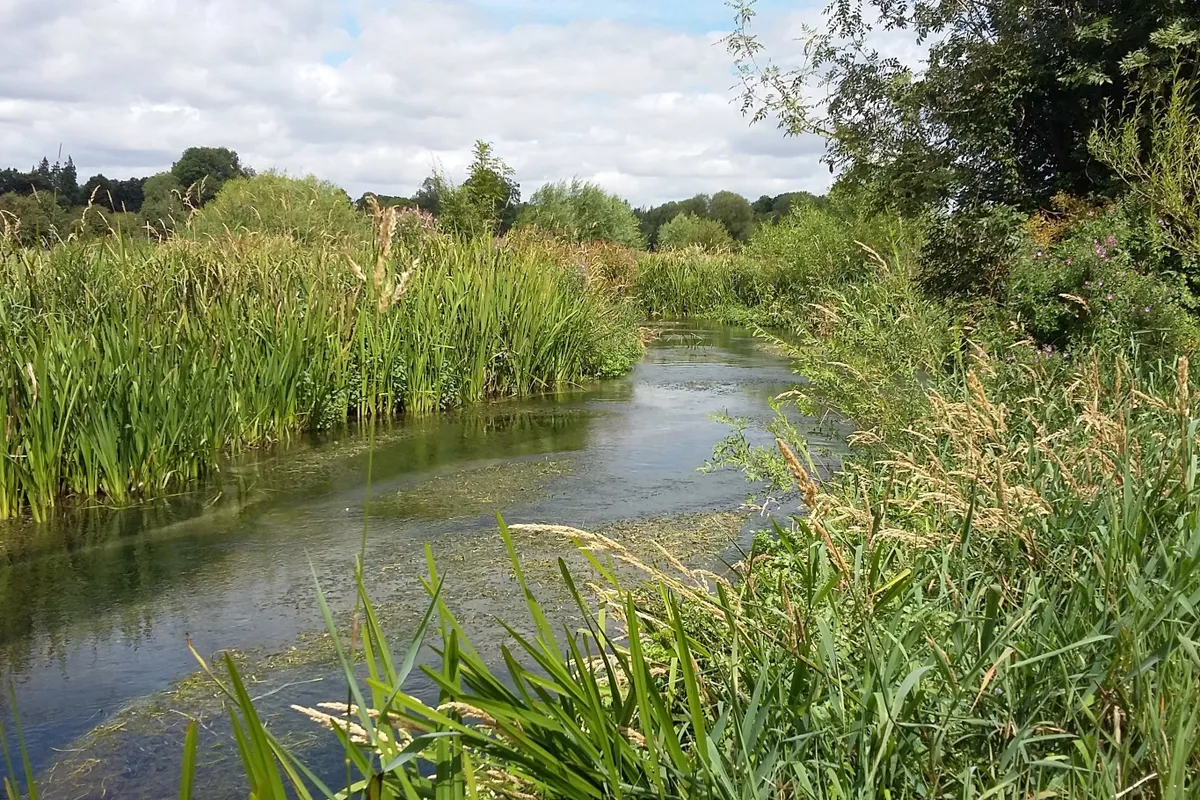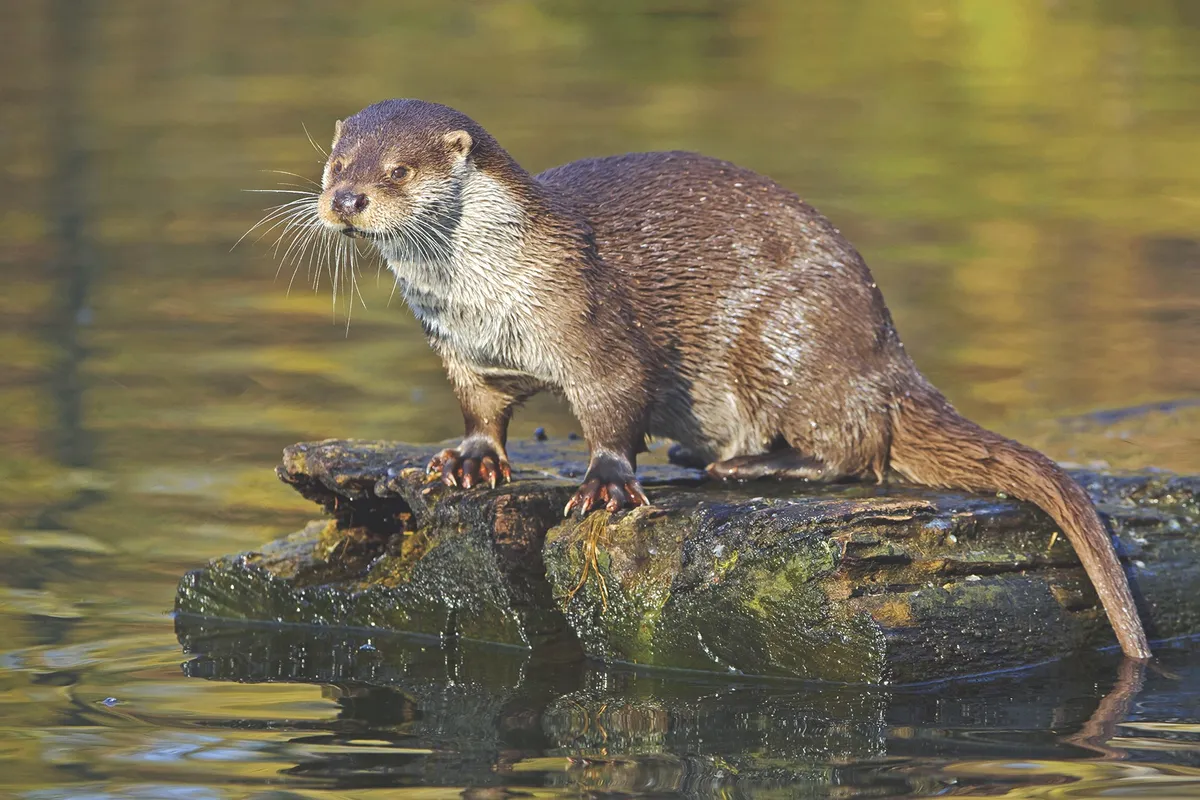Hampshire's otter population has made a comeback after video footage captured by the South Downs National Park Authority revealed the water-loving mustelids are bouncing back from the brink of extinction.
The two otters were filmed at night climbing on to a raft used to monitor river-dwelling species – though rangers at the South Downs believe there are three breeding females.

Less intensive farming practices and river restoration projects along the Meon Valley have led to a fall in pollution levels, creating improved conditions for otters which were thought to be extinct in the area.
“Seeing an otter, let alone two, is quite special so we were all really inspired when we saw this footage,” said Lead Ranger for the Western Downs Elaina Whittaker-Slark.
“It’s been an incredible turnaround for this charismatic creature when you consider no otters had been noted on the River Meon, even 10 years ago. The return of the species is an indicator that water quality has significantly improved in the region, due to river restoration and declining use of pesticides.

“It’s fair to say otters love eels – it’s their favourite meal!,” Elaina added. “Good river bank management, including helping to create a diverse range of vegetation, has helped to support healthy eel populations, and in turn, helped the otters.”
Rangers now plan to install a wildlife camera on the River Rother in West Sussex. A young male otter was filmed here four years ago and it is hoped that more otters will be recorded this summer.
Otter footage
About the River Meon
The River Meon is a chalkstream flowing from near the village of East Meon through the South Downs and into the Solent. It is one of just 200 chalkstreams in the world.
The unique chalk geology of the Meon makes it an important site for wildlife, including apex predators such as the European otter.